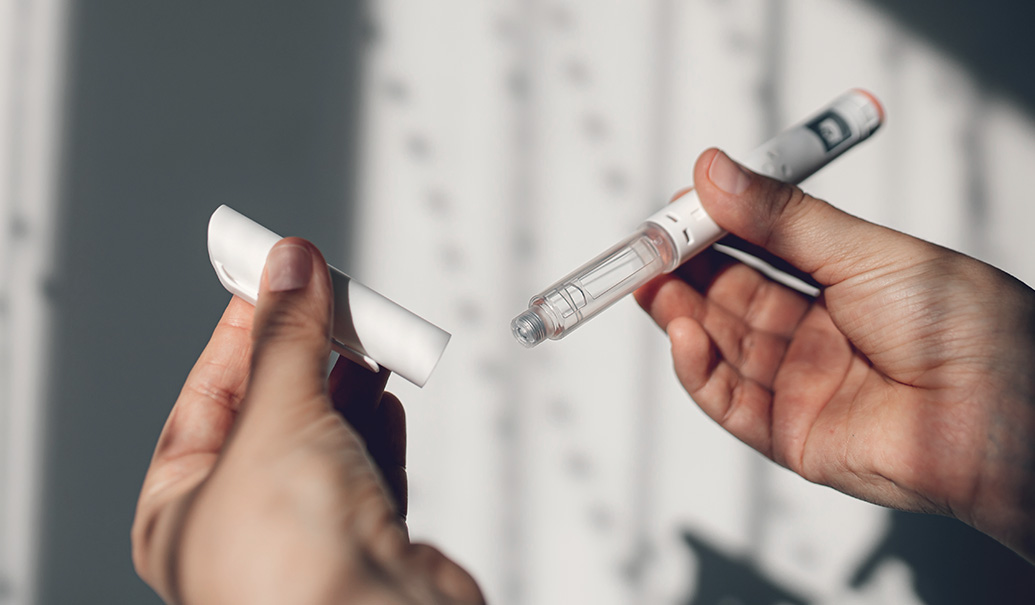With the return on development investment declining in pharma, product differentiation is more important than ever. In our last two blog posts, we explained the challenges surrounding product differentiation and shared four potential paths to clinical differentiation. Here we explore the final two – and most unconventional – paths to differentiation: solving a different problem and building a different yardstick.
Solving a different problem
In some markets, the core disease needs are starting to be met, and new needs emerge. Safety, tolerability or convenience are often the next problems to solve, but these strategies are typically only successful if there are meaningful unmet needs with these issues, as in the following examples:
- Typical antipsychotics, including Haldol and Thorazine, were introduced in the 1950s and considered quite effective in the treatment of schizophrenia and psychotic disorders, but had a host of safety and tolerability issues. They led the market for decades but were reserved for severe cases. The introduction of atypical antipsychotics such as Zyprexa, Risperdal, Seroquel and Abilify offered patients and physicians a more tolerable option and captured a much broader set of patients and indications.
- A contrasting example to this is the BTK inhibitor therapeutic class. Imbruvica was first to market and represented a major evolution in treatment for a cluster of hematologic malignancies. Calquence was second to launch and technically superior with greater BTK specificity, and lower bleeding and AFib rates. However, Imbruvica’s rates of these side effects were already quite low, and Calquence has not been able to overtake Imbruvica’s market lead.
- HIV treatment is a perfect example of moving beyond safety to convenience. For years in HIV treatment, the core need was keeping people alive and eventually that became letting people live a good life. Gilead anticipated this and started developing therapies that significantly reduced pill burden and could be taken any time per day without food. Before that, patients were staying healthy but were taking 15 to 20 pills per day across multiple regimens which made it hard to live life the way they wanted. Taking this further, they are now tackling an even newer problem: prevention.
Companies that do this successfully typically think about evolving needs after deciding to commit to being the leader in a therapeutic area. When thinking about your strategy in a therapeutic area long term, consider whether there are significant needs outside of efficacy. Are patients making a significant tradeoff to get the efficacy provided? If so, there may be another problem to solve.
Building a different yardstick
The newest area of differentiation seeks to define value and efficacy in new ways by looking more closely at patient needs that are not met by traditional end points.
- An old but very powerful example of this is Cymbalta. Cymbalta was a seventh to market anti-depressant and the third in its class, but it was the first to study physical pain, a symptom many patients suffered from that significantly affected their life. Seeing early signs of success in Phase 2 trials, Eli Lilly pursued physical pain as a primary end point and launched a campaign specifically focused on the patient who suffered from depression and physical pain. This achieved significant commercial success for Cymbalta in depression and follow on pain indications, but more importantly validated a key need for patients that no company had been able to talk to patients about before.
- A more recent example is Taltz, which sought a claim to address itch associated with psoriasis, rather than just focus on effectiveness by measuring skin clearance. Its skin clearance outcomes were comparable to others in its class, but it is the only product able to make an itch claim directly to patients or to HCPs.
Considering measurements more aligned with patient needs is more possible in recent years as regulators and payers are more open to patient centered outcomes and including these as a label claim. This opening allows for the opportunity to study outcomes more closely aligned to how patients actually think and talk about their disease, moving from clinically meaningful (x% of patients experience a mean reduction in pruritis) to personally impactful (patients woke up less in the night because they were itching). This helps products differentiate in a crowded marketplace and is more patient-centric.
When considering which path to pursue, consider which needs have already been met for a condition and which may be met in the future. If foundational needs have not been achieved for a majority of patients, you should probably still focus on raising the bar. As more and more core needs are met, more creative paths to differentiation, like the ones discussed here, become viable, and in some cases are the only options to meaningful clinical differentiation.
Fundamentally, this approach to product differentiation we advocate for is much more customer and patient-centric than the typically product-centric approach used today. We see most asset teams stuck in the mindset of product comparison – their path to success hinges on a marginal improvement over standard of care and pouring marketing dollars into an efficacy claim. Pushing beyond this mindset is a challenge for many of our clients because investing in untested endpoints can be risky and expensive, particularly as pharma increasingly pressures its development organizations to achieve higher rates of trial success and shorter durations. The allure of believing that superior science alone will lead to a clear value story is powerful.
Pharma has an enormous opportunity to shift towards developing evidence packages around molecules that speak to true unmet needs. This can happen at many times throughout a product’s development and even commercial life, and the impetus can also come from medical affairs and HEOR teams, not just clinical development. Pharma companies that become therapeutic area leaders use this strategy to create portfolios of products that truly meet unmet needs.
















